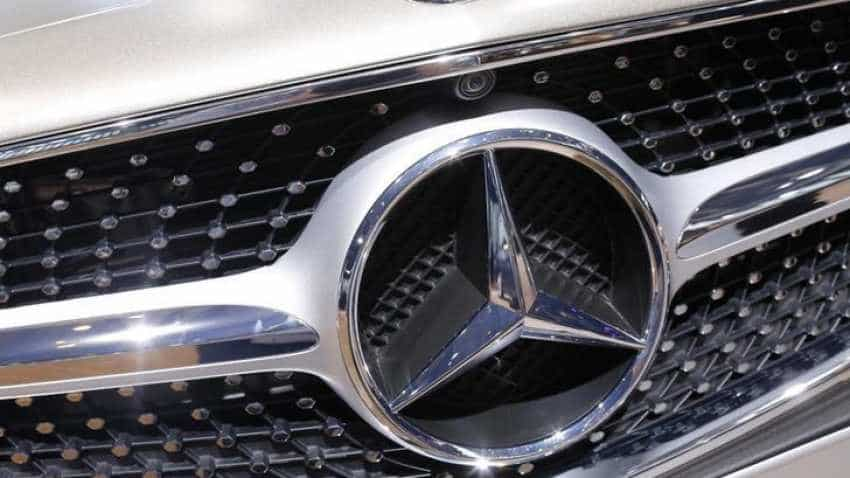Mercedes-Benz EU emissions jump under new testing regime
"It will lead to even stronger electrification," said Jochen Hermann, Vice President of eDrive development at Mercedes-Benz Cars.

Daimler will push electric and hybrid cars more aggressively after tougher emissions tests revealed pollution levels in Europe at Mercedes-Benz Cars rose 7 percent last year.
European Union regulators forced the auto industry to cut greenhouse gas emissions drastically to mitigate the impact of global warming, forcing a 40 percent cut in carbon dioxide (CO2) emissions between 2007 and 2021.
However, an emissions test-cheating scandal at Volkswagen in 2015 caused regulators to introduce more stringent testing methods to reflect real-world driving conditions, which has caused average emissions readings to rise across the industry.
The new procedures combined with a shift in customer tastes towards heavier sports utility vehicles (SUVs) lifted average fleet emissions levels at the company`s Mercedes and Smart passenger cars in Europe to 134 grams of CO2 per km in 2018, up from 125 grams in 2017.
This makes it harder to lower average fleet emissions levels to a target of 105 grams/km by 2021.
"It will lead to even stronger electrification," said Jochen Hermann, Vice President of eDrive development at Mercedes-Benz Cars.
Watch Zee Business Tweet video here:
#LIVE | बाजार के हर कन्फ्यूजन का सॉल्यूशन जानिए #FinalTrade में @AnilSinghviZEE और बाजार के दिग्गजों के साथ। https://t.co/GzIYgmQM4v
— Zee Business (@ZeeBusiness) February 15, 2019
Mercedes-Benz Cars will increase the number of hybrid and electric vehicles to 20 models by 2020, up from five models in 2018. By 2025 up to 40 percent of passenger cars will be electric or hybrid cars, Daimler said.
"We expect to meet the target," a spokesman said about the 2021 expectations.
EU lawmakers agreed in December to a further 37.5 percent cut in CO2 emissions between 2021 and 2030.
04:48 PM IST






 Mercedes-Benz: Benchmark raised! New GLE with long wheel base (LWB) launched
Mercedes-Benz: Benchmark raised! New GLE with long wheel base (LWB) launched Mercedes pushes back launch of electric SUV until 2021
Mercedes pushes back launch of electric SUV until 2021 What a luxury MPV! Mercedes-Benz launches V-Class Elite, priced at Rs 1.10 cr - Check top features
What a luxury MPV! Mercedes-Benz launches V-Class Elite, priced at Rs 1.10 cr - Check top features  What auto slowdown? Mercedes-Benz shows the way, GLE sold out 3 months ahead of plan
What auto slowdown? Mercedes-Benz shows the way, GLE sold out 3 months ahead of plan Mercedes-Benz launches BS-VI compliant Long Wheelbase E-Class; price starts at Rs 57.5 lakh
Mercedes-Benz launches BS-VI compliant Long Wheelbase E-Class; price starts at Rs 57.5 lakh